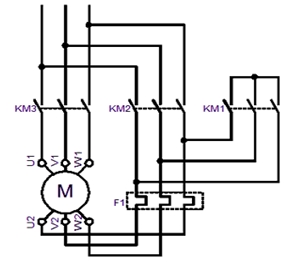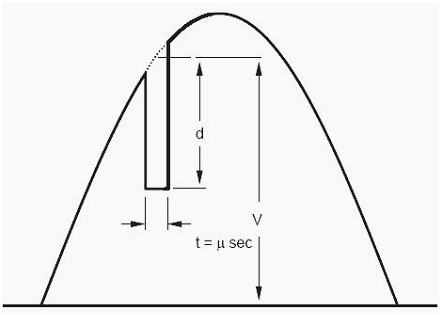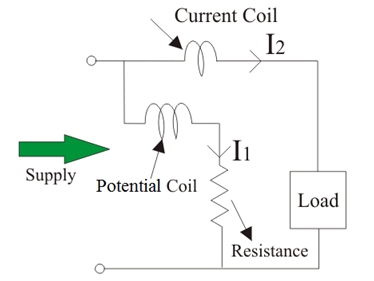
Energy Efficiency - motors
This month, the "Energy Efficiency - motors" topic is in the spotlight. Have you ever read the articles published in this category? If it's not the case, it's never too late!

We don't post a lot of articles in this category, but maybe we should because it's a very interesting topic.
For now, check 3 of the most interesting articles we've ever published in this section. The last one is a nice guest post.
1. Variable speed drives are cost effective
2. Eco-design of electric motors: two more steps to overcome in 2015 and 2017
3. Key Criteria to Consider When Selecting Motor Starting Methods
If you want to publish an article in the "Energy Efficiency - motors" category, you can send us a mail.
You're even allowed to post directly on the forum and write about whatever you want (debate, tutorial, product review, observations, your own experience, etc.)!
Thanks in advance for your active contribution to our community,
Moderator team

As you may have noticed, our forum keeps growing fast:
16778 members and over 1000 topics!
As the number of topics keeps growing fast, don't hesitate to use the search engine, at the top left of the forum window, to check if there is a topic in relation to a subject you are interested in.
Welcome to our newcomers: Marine Laugier, minaz rajani, ashesh_28, kiran harde and kmu!
 |
|

|
Power Quality Disturbances - Measuring the 7 most typical indices |
 | Power quality disturbances can be categorized by various factors and methods.
But, there a few indices that play a vital role in measuring the actual magnitude of the power quality disturbances.
This article mentions the 7 most typical indices that play a major role in quantifying power quality disturbances - from K Factor to notch area or total harmonic distortion index.
|
Do you have few more indices to add to this kind of "top 7" list?
|
MORE>> |

|
How does a Wattmeter work? (back to basics) |
 | As evident from the name, a wattmeter is used for measuring the total power across any circuit. We know that the units of power are watts, so as for many other instruments, we can easily know that where the name of this instrument comes from.
In simple words, a wattmeter is used for measuring the watts in the circuit. But how does it work?
|
This is another part of a tutorial series about electrical engineering measuring instruments. What do you think of it?
|
MORE>> |

|
5 most common starter device types (LV/MV motor starters) |
 |
As you may know, a starter more or less acts as a supervisor of the motor. It controls the power supply, defies switching of overloads, and also takes on the duty of disconnecting the motor from the mains, when deemed necessary.
Now do you know what the 5 most common starter device types (Low and Medium Voltage) are?
|
It's been a long time since somebody wrote about motors. What's your opinion on that article?
|
MORE>> |
|
 |
|
